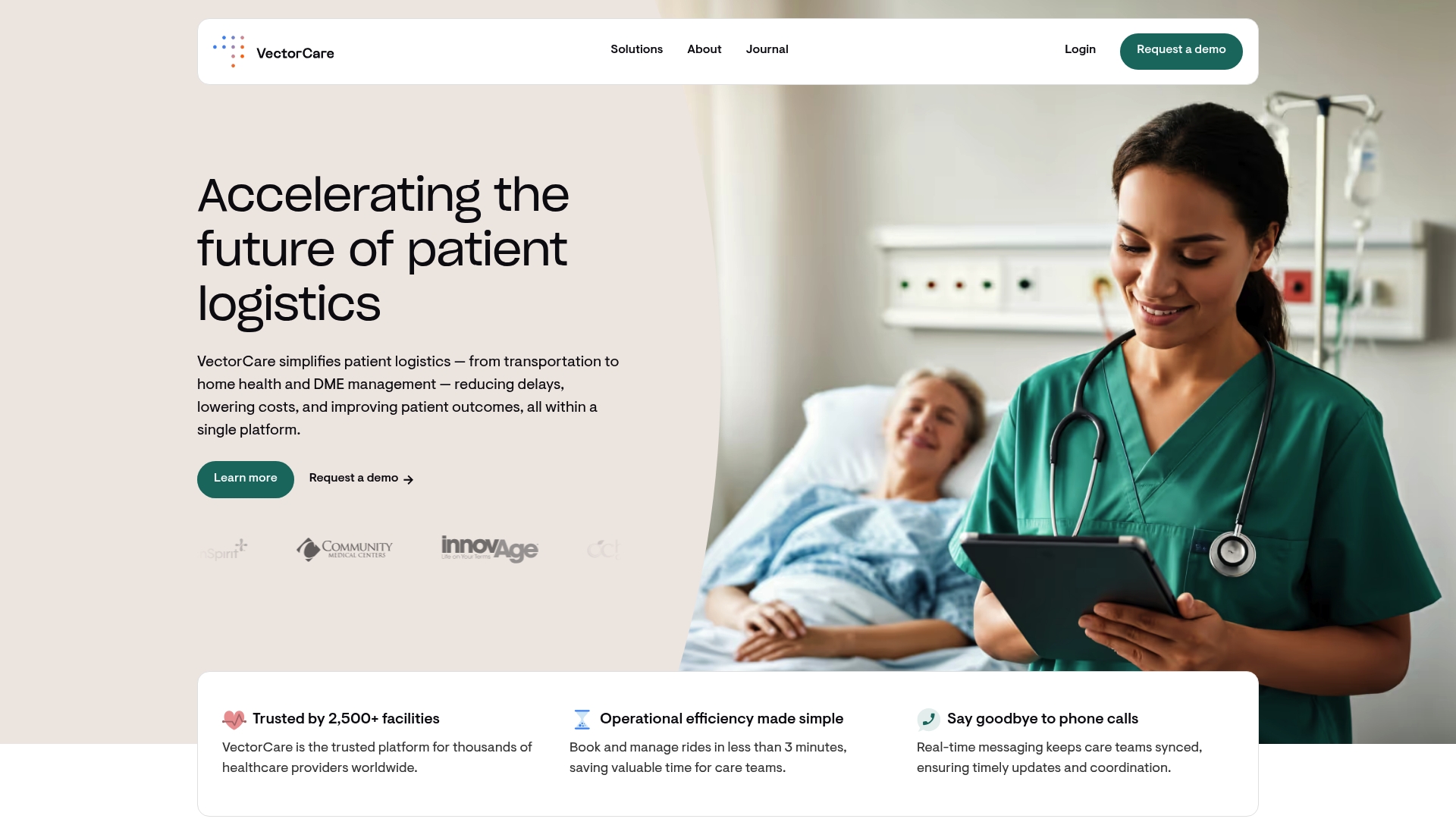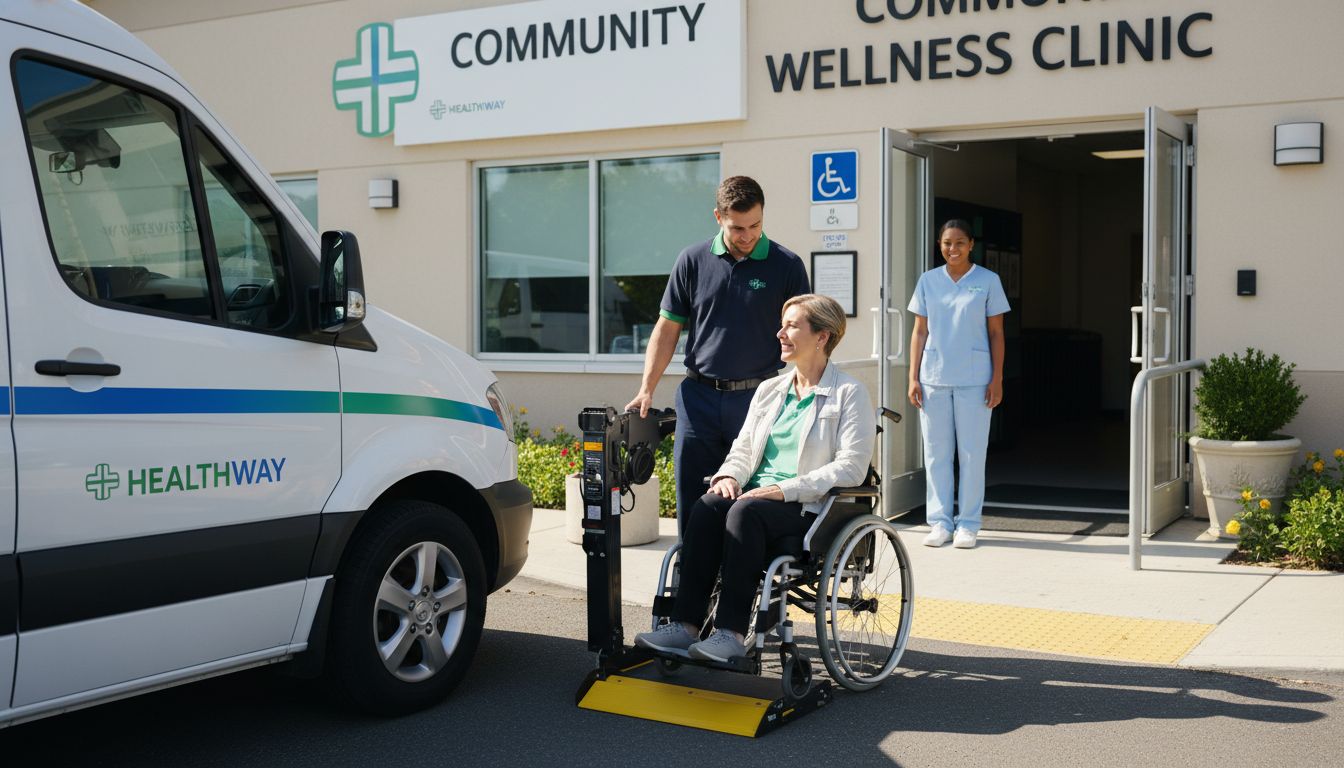Healthcare Interoperability Challenges in 2025: What Providers Need to Know

Healthcare data seems more connected than ever, with digital records in almost every hospital and clinic. Yet 57 percent of physicians say that interoperability is their biggest barrier to truly effective care. Most surprising, all this technology can actually make patient care harder when healthcare systems become locked in their own silos instead of working together.
Table of Contents
- Key Healthcare Interoperability Challenges Today
- Impact On Providers And Patient Care
- Solutions And Strategies For 2025
Quick Summary
| Takeaway | Explanation |
|---|---|
| Interoperability hampers patient care. | Fragmented health record systems limit communication, affecting care quality and patient outcomes. |
| Regulatory compliance is crucial. | Organizations must align with evolving regulations like the 21st Century Cures Act to improve data sharing and patient access. |
| Standardized data protocols are essential. | Adopting standardized protocols like FHIR allows seamless data exchange across diverse healthcare systems. |
| Vendor lock-in creates obstacles. | Dependency on specific EHR vendors restricts flexibility and inhibits effective information sharing among providers. |
| Invest in advanced technologies. | Implementing AI and cloud-based solutions can enhance interoperability and streamline operations, boosting patient care efficiency. |
Key Healthcare Interoperability Challenges Today
Healthcare interoperability remains a critical obstacle in delivering seamless patient care, with complex technological and organizational barriers preventing efficient data exchange across medical systems. The challenge is not merely technical but fundamentally about creating a unified approach to patient information management that transcends individual institutional boundaries.

Below is a summary table highlighting the key interoperability challenges facing healthcare providers today, as described in the article. This table organizes the main obstacles, their causes, and their impact for quick reference.
| Challenge | Main Cause | Impact on Healthcare |
|---|---|---|
| Fragmented EHR Systems | Different standards/protocols and data silos | Incomplete records, increased errors |
| Regulatory Compliance & Info Blocking | Inability to meet evolving rules, lack of tech infrastructure | Strains resources, risks penalties |
| Vendor Lock-In & Tech Constraints | Dependence on specific EHR vendors | Limits flexibility, blocks information sharing |
Fragmented Electronic Health Record Systems
Electronic Health Record (EHR) systems continue to operate as isolated ecosystems, preventing smooth communication between healthcare providers. Research from the HIMSS Global Health Conference reveals that 57% of physicians identify interoperability as their primary obstacle in maximizing health information technology. Each EHR system employs unique standards and protocols, creating data silos that fragment patient information and impede comprehensive care coordination.
The diversity of these systems means that critical patient data often gets trapped within specific institutional networks. Physicians might have incomplete medical histories, leading to potential diagnostic errors or redundant testing. This fragmentation not only increases healthcare costs but also compromises patient safety by limiting providers’ ability to access comprehensive medical records quickly and accurately.
Regulatory Compliance and Information Blocking
Regulatory requirements present another significant challenge in healthcare interoperability. A 2024 PubMed study surveying 197 U.S. healthcare executives found that 59% of healthcare organizations reported an inability to comply with information blocking rules. The study highlighted that 57% of organizations lack key capabilities for patient data management and interoperability.
The Centers for Medicare and Medicaid Services (CMS) and the Office of the National Coordinator for Health Information Technology (ONC) have implemented strict guidelines to prevent information blocking. However, many healthcare providers struggle to implement the necessary technological infrastructure to meet these requirements. This regulatory landscape creates additional pressure on healthcare organizations to modernize their data exchange capabilities while maintaining patient privacy and security.
Vendor Lock-In and Technological Constraints
Vendor lock-in remains a persistent challenge in healthcare interoperability. An ISACA Journal article discusses how healthcare providers become dependent on specific EHR vendors, which limits their ability to share and exchange patient information across different systems. This technological constraint creates significant barriers to creating a truly interconnected healthcare ecosystem.
Healthcare providers need comprehensive strategies for addressing communication gaps that go beyond traditional technological solutions. The future of healthcare interoperability requires a holistic approach that combines advanced technological infrastructure, standardized data protocols, and a commitment to patient-centered care.
As healthcare continues to evolve, addressing these interoperability challenges will be crucial in creating a more efficient, responsive, and patient-focused healthcare delivery system. Providers must invest in flexible, adaptable technologies and collaborative approaches that prioritize seamless information exchange while maintaining the highest standards of data security and patient privacy.
Impact on Providers and Patient Care
The lack of robust healthcare interoperability creates profound consequences that extend far beyond technological inconveniences, directly impacting patient outcomes, provider efficiency, and overall healthcare delivery quality. These systemic challenges fundamentally disrupt the continuity of care and introduce significant risks to patient safety and medical decision-making.
Patient Safety and Clinical Decision Making
Research from Forbes reveals that fragmented information systems can lead to delayed care, redundant testing, and potentially critical medical errors. When healthcare providers cannot access comprehensive patient histories seamlessly, they are forced to make clinical decisions with incomplete information. This information gap increases the probability of misdiagnosis, inappropriate treatment plans, and unnecessary medical procedures.
For instance, a patient transferred between different healthcare facilities might have critical medical allergies or recent procedure details missing from their record. Without comprehensive data integration, providers risk recommending treatments that could harm the patient. The stakes are particularly high in emergency scenarios where rapid, accurate medical decision-making can mean the difference between life and death.
Operational Inefficiencies and Resource Allocation
According to a recent health IT analysis, over 52% of healthcare providers have not yet initiated comprehensive work on API requirements for data exchange. This significant implementation gap translates into substantial operational inefficiencies. Healthcare organizations struggle with determining cohesive interoperability strategies, securing sufficient funding, and understanding complex health information exchange networks.
These challenges result in increased administrative burden, longer patient wait times, and inefficient resource allocation. Medical staff spend considerable time manually transferring or reconstructing patient records instead of focusing on direct patient care. By exploring strategies for addressing communication gaps, providers can streamline these critical workflow bottlenecks.
Here is a statistics table summarizing key numerical findings from the article regarding healthcare interoperability challenges and provider readiness.
| Statistic | Value | Source/Context |
|---|---|---|
| Physicians citing interoperability as biggest barrier | 57% | HIMSS Global Health Conference |
| Orgs unable to comply with information blocking rules | 59% | 2024 PubMed Study |
| Orgs lacking key interoperability capabilities | 57% | 2024 PubMed Study |
| Providers not started on API requirements | 52% | TechTarget Health IT Analysis |
Regulatory Compliance and Patient Empowerment
The 21st Century Cures Act represents a significant milestone in healthcare data management, setting new standards for data sharing to empower patients. These regulations require healthcare organizations to fundamentally transform their approach to patient information management. Compliance necessitates substantial investments in technological infrastructure, staff training, and workflow redesign.
The Act aims to give patients unprecedented access to their medical records, enabling them to be more active participants in their healthcare journey. However, achieving this goal requires healthcare providers to overcome complex technological and organizational barriers. Patients now expect seamless, transparent access to their health information across different healthcare providers and systems.
Addressing these interoperability challenges is not optional but essential for modern healthcare providers. The ability to create a truly patient-centered, data-driven healthcare ecosystem depends on breaking down existing technological silos and embracing comprehensive, integrated approaches to medical information management. As healthcare continues to evolve, providers must prioritize interoperability as a critical strategic imperative for delivering high-quality, efficient patient care.
Solutions and Strategies for 2025
As healthcare organizations confront persistent interoperability challenges, 2025 demands comprehensive, innovative approaches that transcend traditional technological solutions. Providers must adopt multifaceted strategies that combine advanced technological infrastructure, regulatory compliance, and patient-centered design to create a more interconnected and efficient healthcare ecosystem.
Standardized Data Exchange Protocols
The cornerstone of healthcare interoperability in 2025 will be the widespread adoption of standardized data exchange protocols. The CDC’s Public Health Data Strategy emphasizes developing open and interoperable public health data systems through common standards and legal agreements. Fast Healthcare Interoperability Resources (FHIR) will play a crucial role, providing a universal framework that enables different healthcare systems to communicate seamlessly.
Healthcare providers must invest in technologies that support FHIR-based APIs, ensuring data can be exchanged efficiently and securely across diverse platforms. This approach requires not just technological upgrades but also comprehensive staff training and organizational cultural shifts that prioritize data sharing and collaborative care models.
Advanced Integration Technologies
Emerging technologies will be critical in addressing interoperability challenges. Artificial Intelligence (AI) and machine learning algorithms can help translate and normalize data across different systems, creating intelligent bridges between disparate healthcare platforms. Cloud-based integration platforms will offer scalable solutions that enable real-time data synchronization and provide robust security mechanisms.
Machine learning models can also help identify and resolve data inconsistencies, automatically mapping different coding systems and clinical terminologies. These technologies go beyond simple data transfer, offering intelligent insights that can improve clinical decision-making and patient care coordination. Providers can explore innovative communication strategies to leverage these technological advancements effectively.
Comprehensive Regulatory Compliance Strategies
Regulatory compliance will remain a critical focus in 2025, with healthcare organizations needing holistic approaches to meet evolving legal requirements. The 21st Century Cures Act and subsequent regulations demand proactive strategies that view compliance not as a burden but as an opportunity to redesign patient information management.
Successful providers will develop comprehensive compliance frameworks that include:
- Continuous technology assessments and upgrades
- Regular staff training on data management best practices
- Robust patient consent and privacy protection mechanisms
- Agile IT infrastructure that can quickly adapt to new regulatory requirements
These strategies require cross-functional collaboration between IT, legal, clinical, and administrative teams to create a unified approach to healthcare data management.
Addressing healthcare interoperability is not merely a technological challenge but a fundamental reimagining of how patient information is collected, shared, and utilized. As we move into 2025, providers must view interoperability as a strategic imperative that directly impacts patient outcomes, operational efficiency, and the overall quality of healthcare delivery. The most successful organizations will be those that embrace flexibility, invest in cutting-edge technologies, and maintain an unwavering commitment to patient-centered care.

Frequently Asked Questions
What are the main challenges of healthcare interoperability in 2025?
The main challenges include fragmented electronic health record systems, regulatory compliance issues, and vendor lock-in that limits the ability to share patient information effectively across different healthcare platforms.
How does fragmented EHR impact patient care?
Fragmented EHR systems prevent seamless communication among providers, leading to incomplete medical histories, diagnostic errors, redundant testing, and increased healthcare costs, ultimately compromising patient safety.
What role does regulatory compliance play in healthcare interoperability?
Regulatory compliance, particularly with the 21st Century Cures Act, is crucial as it mandates improvements in data sharing and access, requiring organizations to modernize their infrastructure and manage patient privacy effectively.
How can healthcare providers overcome interoperability challenges?
Providers can overcome these challenges by adopting standardized data exchange protocols like FHIR, investing in advanced integration technologies (such as AI and cloud solutions), and developing comprehensive regulatory compliance strategies that promote data sharing and collaboration.
Ready to Break Down Interoperability Barriers in Patient Logistics?
Siloed health record systems and inefficient communication can make even routine care feel overwhelming. As highlighted in the article, fragmented data and vendor lock-in do not just slow operations—they directly impact patient safety, delay treatments, and drain resources. Providers and agencies need real solutions that go beyond basic data sharing to create true, real-time coordination across every step of the patient journey.

Transform your patient logistics today. Discover how VectorCare empowers organizations to automate workflows, optimize schedules, and unify information for providers, payers, and agencies. With secure messaging, AI-driven dispatch, and compliance-ready integrations, our platform addresses the exact challenges discussed above. Visit VectorCare’s home page now to see how better interoperability can help you reduce delays, cut costs, and deliver seamless patient care. Start improving your operational efficiency before your competition does.
Recommended
- 2020 Healthcare Recap & Upcoming Care Trends – VectorCare
- Common Credentialing Hurdles: Turn Risk Into Reliability – VectorCare
- Becker’s Healthcare Report: How VectorCare Solves Communication Gaps in Patient Transfers – VectorCare
- How Coordinated Platforms Can Unite Private and Public Interests to Support Community Care – VectorCare



